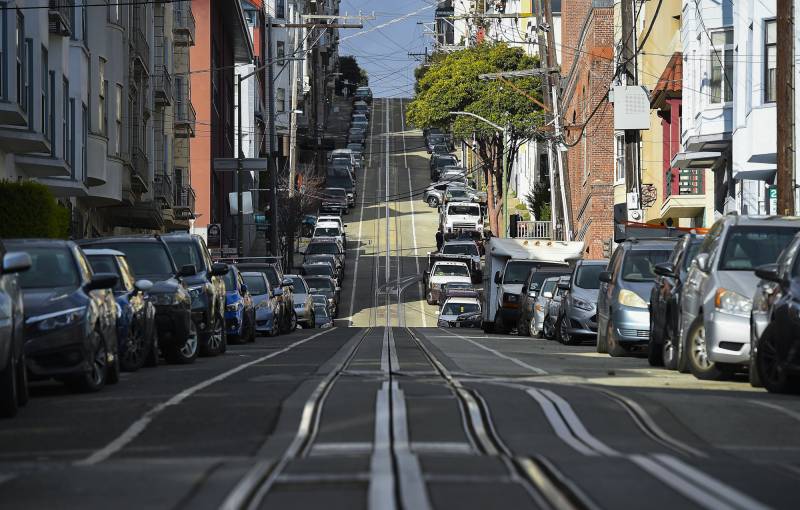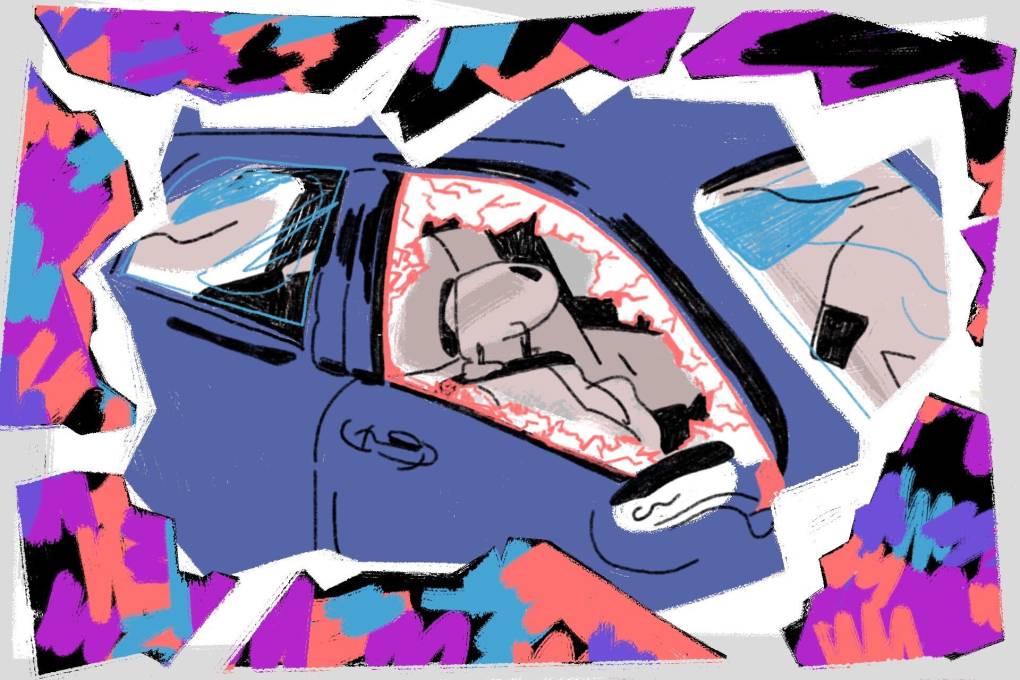A week after the San Francisco Police Department announced new plans to increase its patrols in areas where car burglaries are highest — and to deploy new strategies to catch those committing crimes — questions remain about how effective those efforts will be.
District Attorney Brooke Jenkins, Supervisor Catherine Stefani and police Chief Bill Scott held a press conference in front of the Palace of Fine Arts last week, citing a plan for police to stop getaway cars by using spike strips as well as stationing bait cars equipped with cameras and GPS to catch thieves.
“Tourism deployment was something that we did a couple of years ago,” said Scott, during the press conference. “We saw all kinds of property crimes go down — and then due to funding, due to staffing shortages — we weren’t able to sustain that well. We have staffed those units back up and we plan to do that.”


